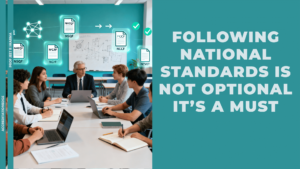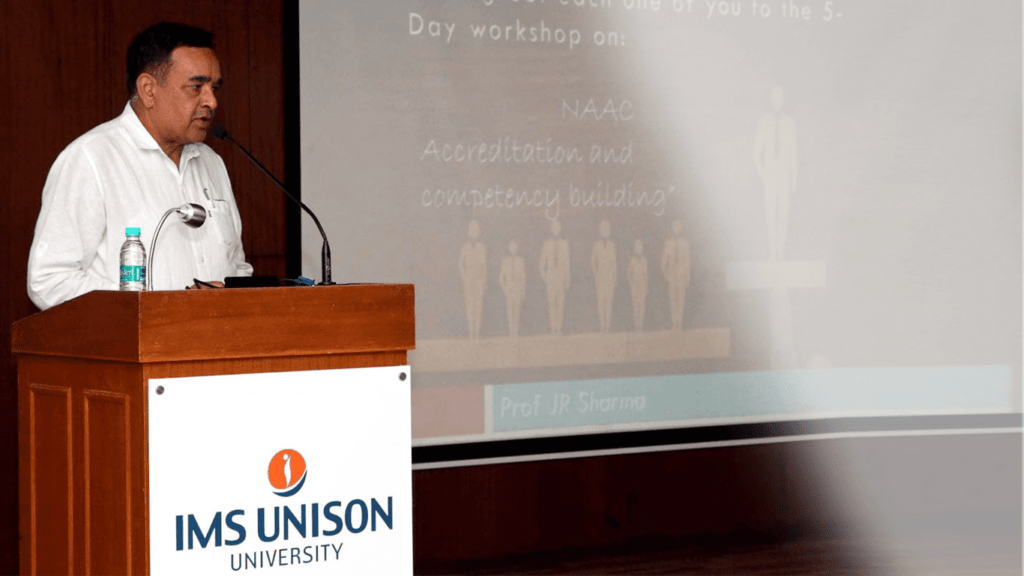He can even cite a devil who told him not to venture into research; take a refuge behind some horrible idea that ‘research was not everybody’s cup of tea, and that only the research minds should do research and others just teach or take a sadistic pleasure of institutes getting caught milling papers driven by wreck-less ‘research or perish’ policy.
If you’re still on the hilltop and waiting for a tailwind to start your first research paper ; feel the wind. Those with paranoia to write, suggest, simply pick up your laptop and start writing. I assure you won’t end up creating a giant beast out of your research who would eventually eat you up.
Let me walk with those hesitant ones, some toddler’s steps:
Here’s a clear, practical, step-wise sequence I thought for the first-time researchers. It is possible that I might have missed out on a few points. There are far better researchers in this group. By all means, please correct without an hesitation. Here are 12 possible basic and crisp stages to make a beginning :-
🧭 1. Spot a Problem worth studying and researching
🪔 Begin with something you already teach, observe, or struggle with a classroom issue, some lab innovation, or local industry or a crop or a social challenge in your region. Like for example at Khandwa the farmers were hugely excited at the organic seed variety CV Raman University had developed by research having had a phenomenal quality-produce, never imagined by them.
🪔 Frame it as a question: “Why does this happen?” or “What if I try this new method?”
🔍 2. Do a Quick Literature Scan
🪔 Use Google Scholar, Scopus, ResearchGate to see what others have written on the topic in the last 5 years.
🪔 Don’t over-read; 10–15 recent papers are enough to find what’s missing or what you can test. Have I asked you to read too much ? I know some of you read only 2 to 3 lines of my blog and swap over to the next WhatsApp group 🙂
🧩 3. Define Objectives and Hypothesis
🪔 Write 2–3 clear objectives: “To examine…”, “To compare…”, “To assess…”.
🪔 Keep it small and measurable
🧠 4. Choose a Simple Research Design
🪔 Decide whether it’s qualitative (observations, interviews) or quantitative (survey, experiment).
🪔 Pick tools you can handle easily like, Google Forms, Excel, classroom data.
📊 5. Collect and Organize Data
🪔 Use validated questionnaires or make your own (pilot test first). Use ChatGPT if you wish. Don’t consider using ChatGPT a sin.
🪔 Record responses neatly in Excel; label columns carefully (e.g., gender, marks, perception score).
🧮 6. Analyze the Data
🪔 Use simple tools first: Excel averages, correlations, or even ChatGPT for interpretation help.
🪔 You don’t need complex statistics to make a valid point.
🪔 Focus on what the data says, not what formula you used.
💬 7. Interpret the Findings
🪔 Write in plain but grammatically correct English:
🪔 Link back to your objectives and earlier studies how are your results similar or different?
🧱 8. Write the Paper in Standard Format
🪔 Most journals follow IMRaD structure:
Research Title, Abstract, Introduction, Methodology, Results, Discussion, Conclusion, Acknowledgement
*Add abstract, keywords, references.
Tip Write one section each week, not all at once.
🧰 9. Edit and Format Properly
🪔 Use Grammarly or Quillbot for clarity and plagiarism check (<10%).
🪔 Follow journal guidelines for word count, font, citation style (APA, IEEE, etc.).
🌐 10. Choose the Right Journal
🪔 Check whether it’s Scopus / Web of Science
🪔 Match scope (Engineering, AI, Education, etc.).
🪔Avoid “quick publish in 7 days” journals usually predatory. Be careful about journals starting with International.. Check impact factor. See policy of your institute on incentive and cost of bearing APC.
📩 11. Submit and Track
🪔 Submit online with author details, affiliations, and ORCID ID.
🪔 Expect peer review comments in 4–8 weeks.
🪔 Respond politely and revise since reviewers are collaborators, not critics.
🏁 12. Acceptance, Proof, and Publication
🪔 Once accepted, you may need to pay APC (Article Processing Charge) if it’s open access.
🪔 Review the proof copy for typos.
🪔 After online publication, share link on Google Scholar, ResearchGate, ORCID, and your college/university website.
🔨 Diwali Bonus Mentoring Tip
Treat your first paper as a pilot project, not a masterpiece.
After the first, the next ones flow faster because you’ve tasted the success. No one is set in stone. So come down from the fence sitting and make a beginning. It is in human nature to be curious, seek inquiry, research and discover. What you see around you is the byproduct of this grand thought 🙂
Best wishes
Prof JR Sharma












